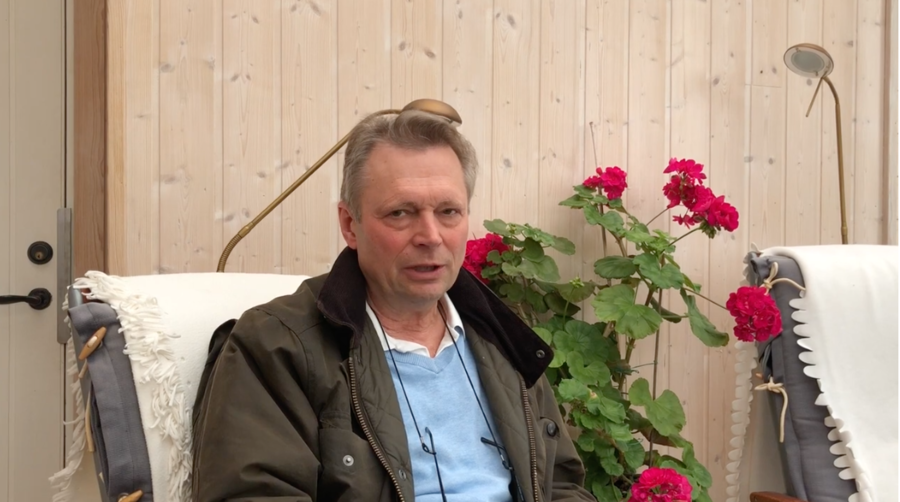Lecture: Mussel farms as part of circular nutrient flows
 Prof. Anders Kiessling, SLU
Prof. Anders Kiessling, SLUNearly everybody knows by now that we need to move to renewable energy sources and stop using fossil fuels. Not as well known is that we also need to stop using fossil sources for nutrients that we grow our food from. Phosphate is mined in several places in the world. In the USA alone, 27 million tonnes of phosphate was mined in 2015.
Phosphate is used in agriculture as part of the commercial fertiliser that is needed for an effective food production with todays methods. The Swedish board of Agriculture estimates that 0.4 kg of phosphates/hectare is leached out to the surrounding seas from Swedish agriculture. With 3.3 million hectare agricultural land in use in Sweden, the numbers add up. They also estimate that forestry and agriculture release 1000 tonnes of phosphates to the surrounding seas every year, which is about half of the phosphates that reach the seas from Sweden.
Another crucial nutrient for agriculture is nitrogen in the shape of nitrates. This is not mined, but taken from the air through a chemical process, the Haber-Bosch process. This process uses a lot of energy and today primarily fossil fuels are used as the source of energy.
How do we achieve renewable nutrient loops so we can use less fossil based nutrients or processes? Professor Anders Kiessling, SLU, tells us how we can use mussel farms. for example in the Baltic Sea, to achieve this.


PGEgY2xhc3MgPSAibF9tYWlsIGxfbmV3X3dpbmRvdyIgaHJlZj0ibWFpbHRvOmFua2VAam9oYW5uYXMub3JnIiB0YXJnZXQ9X2JsYW5rPjxzdmcgY2xhc3M9Imljb24gZmVhdGhlci1zcHJpdGUgbWFpbC1pY29uIj48dXNlIHhsaW5rOmhyZWY9Ii9XZWJPYmplY3RzL3dlYnBhZ2VzLndvYS9Db250ZW50cy9GcmFtZXdvcmtzL05LTFRFeHRlbnNpb25zLmZyYW1ld29yay9XZWJTZXJ2ZXJSZXNvdXJjZXMvZmVhdGhlci1zcHJpdGUuc3ZnI21haWwiPjwvdXNlPjwvc3ZnPjwvYT4=